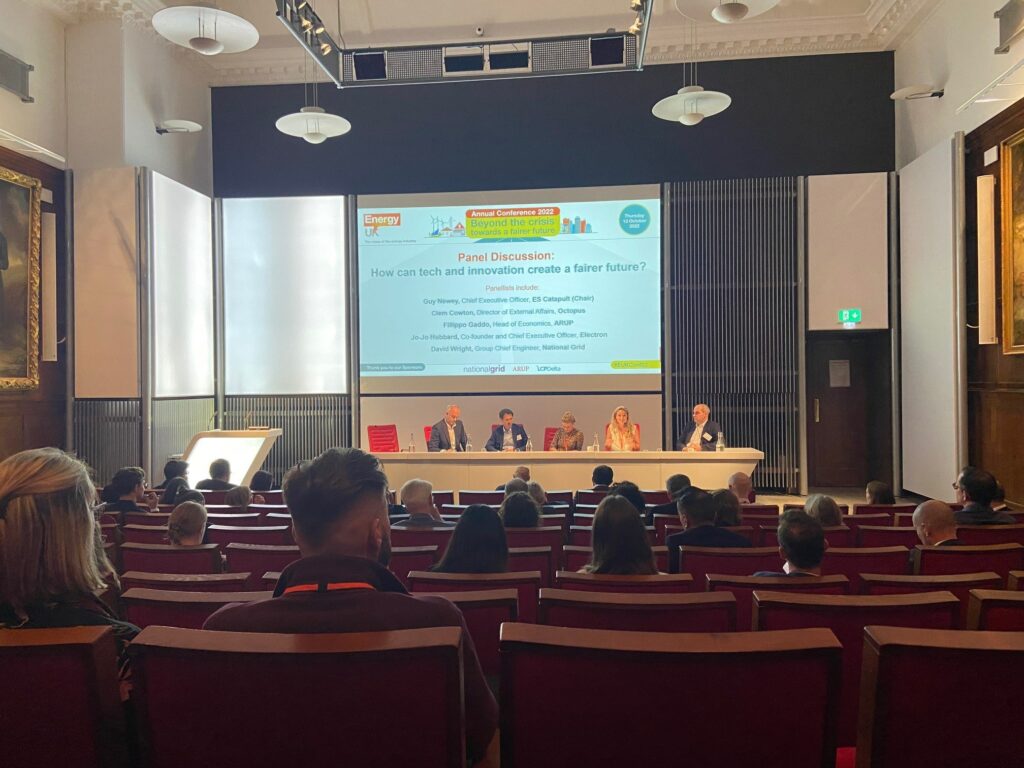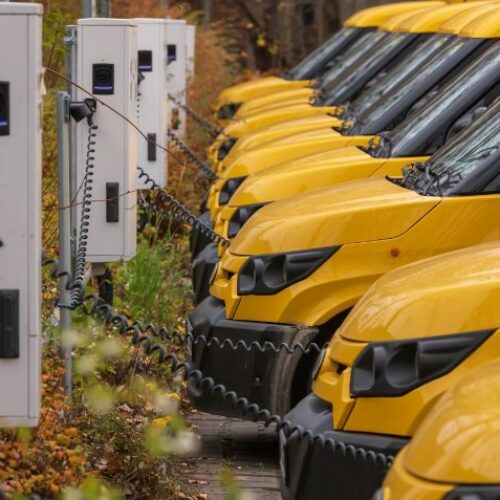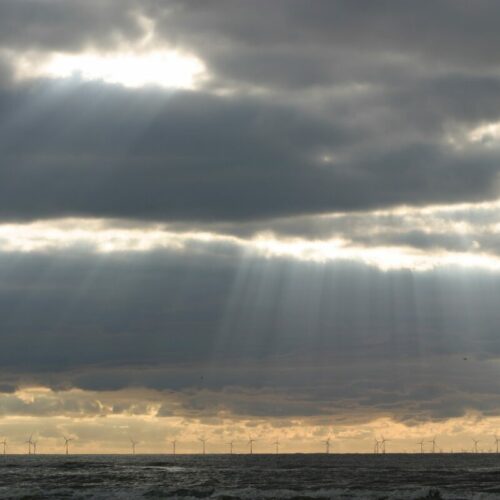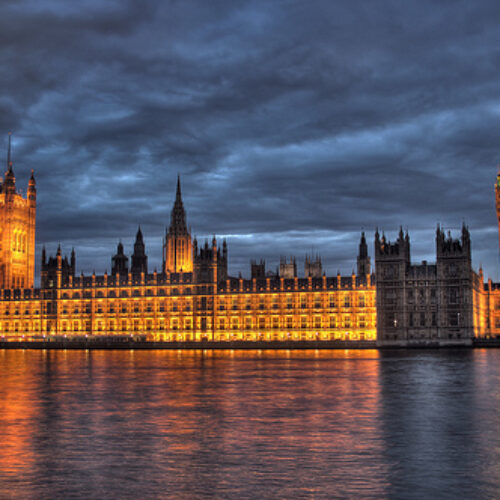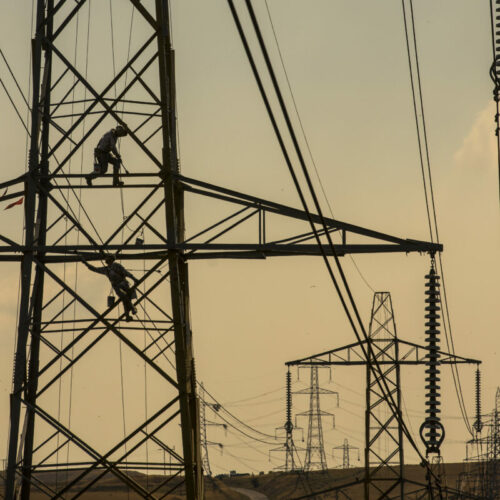“Education isn’t the biggest challenge facing the industry or wholesale prices, it is that there aren’t enough network constraints yet,” said Jo-jo Hubbard, co-founder and CEO of energy market software specialist Electron.
Speaking on a panel discussion focused on how tech and innovation can create a fairer future, Hubbard indicated that although several large-scale crises are impacting the UK’s energy network, the most prominent issue is that the network is not facing enough constraints.
The network not facing enough constraints indicates that not enough projects are being connected. This could have major implications for the UK which is scaling projects to gain greater energy security as well at hit its net zero targets.
David Wright, group chief engineer at National Grid also believes that the UK energy network should be seeing increasing numbers of network constraints.
“There should be lots of network constraints on the network,” Wright said.
Alongside network constraints, flexibility had also been highlighted as a major issue plaguing the UK energy network.
“Flexibility is the biggest part of renewable system and is the biggest missing piece. It is not that we don’t have enough flexibility, but it is missing from key discussions,” Hubbard said.
This has become a key discussion point as the UK transitions to net zero. According to a new report – A Day in the Life of 2035 – produced for National Grid ESO by Regen, a robust and resilient low-carbon energy system by 2035 is possible, but there are still key areas that need additional investment and expansion.
The independent energy analysts modelled two days in 2035; one in winter that assumed high demand and low renewable generation, and one in summer that assumed low demand and high renewable generation.
Ultimately it found that the operator would be able to balance the system on both days, although flexibility will be key. Flexibility could also be used to solve temporary constraints as projects begin to be connected to the energy network.
“For temporary constraints, flexibility is the answer. In an area with lots of constraints, we will need more networks to cater for this,” Hubbard said.
Wright also believes that flexibility is a crucial aspect of the energy network however also highlighted the need to develop simple solutions.
“Innovation and technology must be at the centre of making the energy system of the future. As well as this, flexibility must be at the heart and we must ensure simplicity is a focus,” Wright said.
National Grid has been exploring flexibility options this winter and is set to launch its new Demand Flexibility Service (DFS) in order to support businesses amid the energy crisis.
The new service is targeted at both domestic and industrial and commercial energy users that aren’t currently participating in other flexibility services and markets and will offer incentives for companies and households to sign up to.
